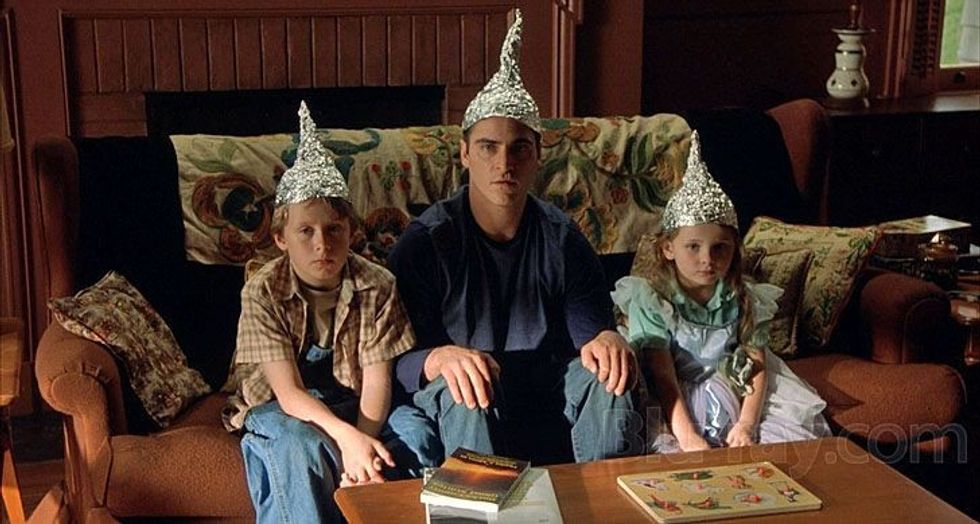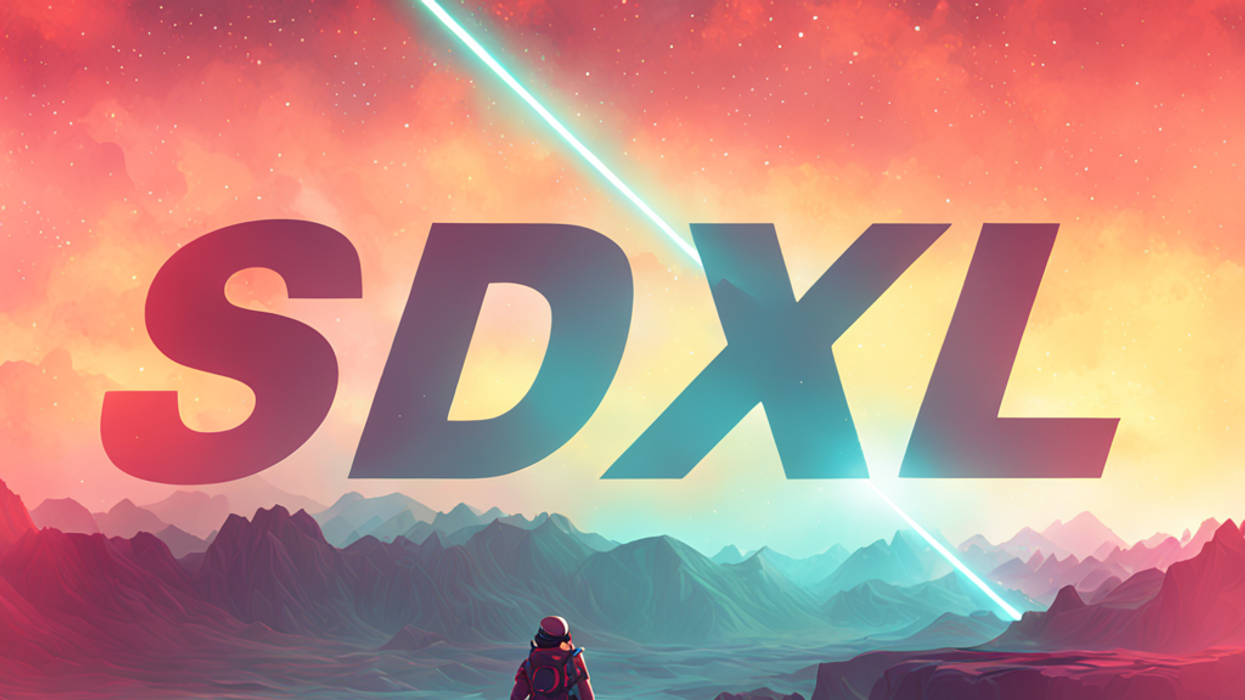How Does SDXL 1.0 Evolve Text-to-Image Generation?
Created by Stability AI, Stable Diffusion XL aims to be the best open model for image generation. So where are creatives to go from here?
It's only been a short time since the AI-image generation craze started. Now with every picture or photo we see, we have to wonder if a photographer or artist really created that amazing piece of artwork.
Say what you will about AI-generated images, I'll admit that some of them are absolutely gorgeous. And Stability AI wants Stable Diffusion XL 1.0 to be the one everyone uses.
So what is it offering to creatives and non-creatives alike? And where does that leave the rest of us?
Stable Diffusion XL 1.0
Stability AI calls SDXL 1.0 the flagship image model and claims it will generate high-quality art in any style, even photorealism. According to the announcement blog post, "SDXL 1.0 is particularly well-tuned for vibrant and accurate colors, with better contrast, lighting, and shadows than its predecessor, all in native 1024x1024 resolution."
The company also claims this new model can handle challenging aspects of image generation, such as hands, text, or spatially arranged compositions, which has always been the tell-tale sign of AI-generated images.

Sample images generated by SDXL 1.0
Not only can SDXL 1.0 know the difference between locations and objects, such as The Red Square and a red square, but it can also generate images using fewer words while maintaining image complexity.
And all of this can be done using reduced hardware needs, with Stability AI claiming that a consumer GPU with 8GB VRAM is sufficient.
If you want to dive a bit deeper into the details, give the blog post a read. We want to talk about the implications.
A Double-Edged Sword
As several other publications have stated, since SDXL 1.0 is open-source, the tool can be utilized to create inappropriate or harmful content. That aside, it seems that AI-generated imagery is not slowing down.
So where will that leave creatives?
I'll admit I've utilized AI-generated imagery extensively in the past few months—specifically Adobe's new AI-Generative Fill.
Between creating art for pitch decks and modifying photos for articles to fit our specific aspect ratio better, it's become a valuable tool in my arsenal.

Upcoming Image Control features for SDXL 1.0
But it's not my only tool. This is where the other side of the sword cuts deep. Without regulations or limitations placed on AI-generated imagery, the creative landscape will be polluted with countless photos, paintings, and images of "art." But regulation is just a fever dream. There's no stopping this train.
Does it sound like I'm wearing a tin foil hat? Sure, maybe.
I use my social media as a curated landscape to connect with and admire the work of artists. Be they painters, modelers, or photographers. Yet recently, my Explore page on Instagram has been peppered with dozens of accounts that feature only AI-generated imagery.
That is not what I want to see, and no matter how much I try to find content created by people, AI seems to be a growing portion of what I discover.

Signs (2002)
If I sound salty, maybe that's because I am. I want to see people create art. If they utilize AI-tool to do so, that is perfectly fine. But when I see photography and artist accounts that are entirely AI-generated, I feel like I'm being catfished.
So What Are We To Do?
All we can do is hold on tight and enjoy this ride. There's no regulating AI-generated imagery, at least right now. Or maybe ever.
As admirers and consumers of photography and art, we must be part of the solution. We all need to be better educated on what tools are out there, how they are being used, and curating our viewing experience to match our creative needs.
But maybe I'm just an old man sitting on my porch, telling you to get off my lawn.
- These AI Tools From Runway Will Help You Create Original Videos ›
- AI Just Got More Creative, and Filmmakers Shouldn’t Be Afraid ›
- Artists Fight AI (and DeviantArt) in New Class-Action Lawsuit ›
- Even More Generative AI Video is on Its Way with Stable Video Diffusion ›












